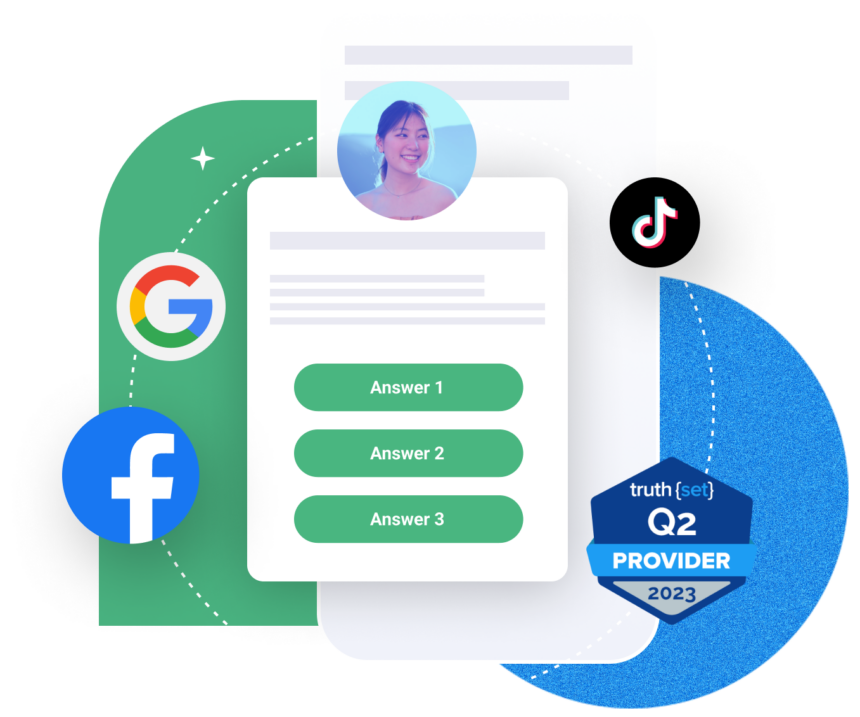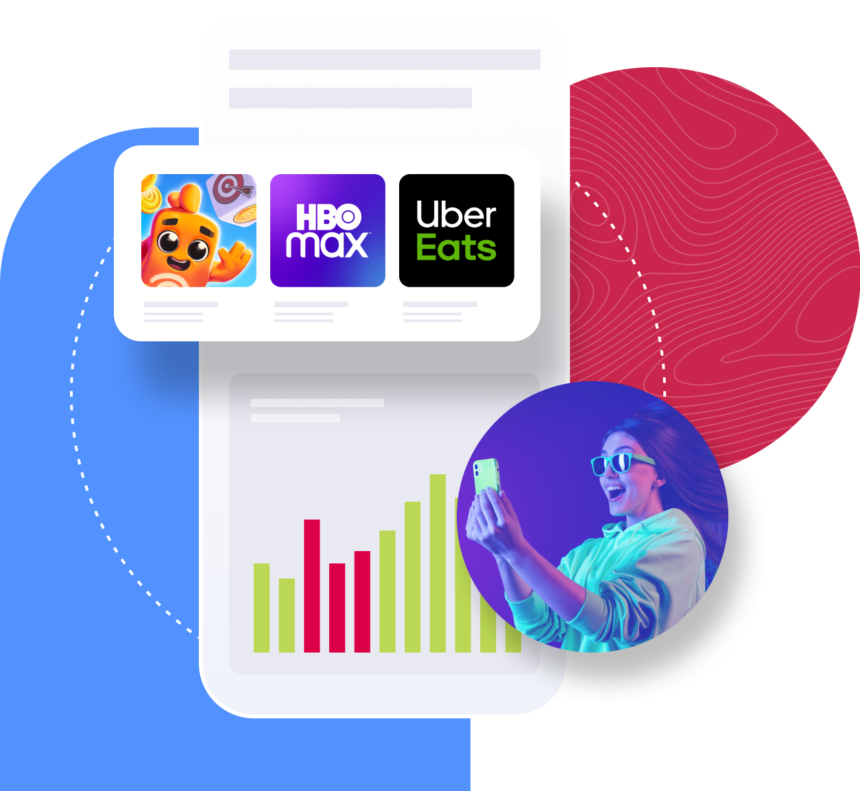Expand Your Database with
Exclusive First-Party Data

Leading Brands Trust Fluent to Power their Marketing Strategy



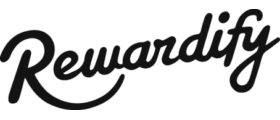





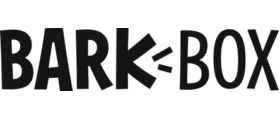





A Winning Formula for Activating Data Across Channels
Cross-Channel
Conversion Tracking
Monitor and analyze consumer interactions across channels and gain actionable insights.
Real-Time
Engagement
Reach qualified consumers with real-time data delivery between our sites and your database.
Third-Party
Validation
Guarantee data accuracy, integrity, and quality with third-party verification from BriteVerify™.
Drive Personalization Customer Retention Customer Loyalty ROI with Fluent’s First-Party Data Solution
Get closer to your most valued customers with exclusive first-party data assets. Leveraging email as an identifier, we deliver opted-in profiles that can be used for targeting across the entire customer journey.

Expand Your Audience
- Generate exclusive first-party consumer profiles, delivered to your brand in real-time.
- Capture consumer consent with Fluent’s privacy-safe, opt-in registration process.
- Unlock scale and insights to support your consumer-first strategy with custom attributes.

Build 1:1 Relationships
- Connect with consumers on a 1:1 basis and deliver personalized messaging.
- Gain insight into consumer behavior, product preferences, and buying signals over time.
- Drive strong LTV by reengaging consumers across connected TV, email, social, and more.

Drive Incremental Value
- Ramp up your omnichannel marketing strategy with fully addressable, deterministic profiles.
- Expand into channels beyond email to unlock incremental value and conversions.
- Increase campaign efficiency and ROAS with cross-channel optimization and attribution.
Upholding Data Privacy and Integrity
We partner with several of the industry’s leading organizations and platform providers to help advertisers activate their data assets in a privacy-safe, consumer-first way.
Activation Platforms
Target verified audiences for paid media efforts:


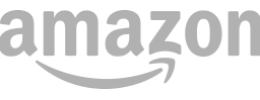
Partners
Use consumer intent to build marketing segments:


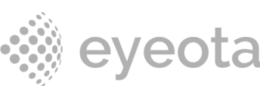
Fueling Success for Partners Since 2010
Leading DTC Brand Partners with Fluent to Maximize the Value of First-Party Data
A DTC meal-kit service partnered with Fluent to generate exclusive first-party profiles, activating audiences across 35+ channels to drive incremental sales and reduce acquisition costs.
- 3.5MM+ Qualified first-party data profiles
- Under $50 CAC
